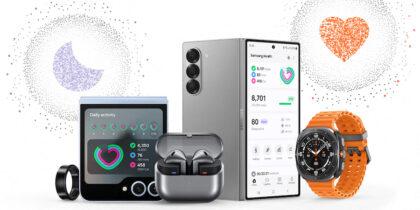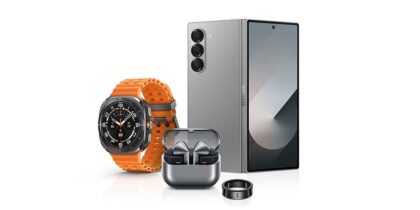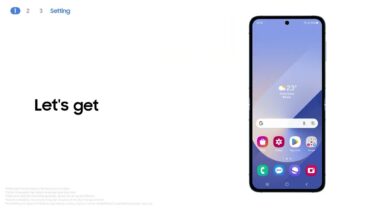Workplace wellness programs are designed to help not only the employees who are participating but also the companies who implement them. A happier and healthier workforce is more productive, takes less sick days and has lower healthcare premiums.
For HR departments looking to implement a corporate wellness program, trying to understand the options available can be daunting given the critical role fast-changing technology — and wearables in particular — now play in these schemes.
Here are a few things to consider when rolling out a corporate wellness program and working toward a healthier workforce and balance sheet.
Ask the Right Questions
Deciding on the best solution for your company and its employees can be difficult, but asking the right questions can be an important place to start.
- Will the program scale well?
- Can it be customized to fit employee needs?
- Will I need to buy wearables for my employees?
- Will the program extend beyond work hours to monitor sleep and stress levels?
- What types of incentives should be included for employees?
The answers to these questions will help inform your choice, as will the size of your company. Programs suited for large enterprises that have thousands of employees won’t necessarily suit a small company with a handful of workers, or might offer different benefits.
Roll Out
Rolling out your new wellness program to employees is all about communication. Simply sending out generic emails and providing new smartwatches or fitness trackers won’t get employees engaged. You need to incentivize them and make sure they clearly understand how the program works and what the benefits are for them.
Ensure the Security of Healthcare Apps
Download the white paper for a free guide to mobile security in healthcare. Download Now
Holding meetings and information sessions with employees to talk through how the technology works, how it will improve their health and won’t cost them any money, is crucial for the successful deployment of any program.
It is also critical that employees understand the information they are sharing with the company will be treated with the utmost care and will be securely stored. Getting employees to go all-in on programs like this requires trust on both sides, which is why security is such an important aspect of any wellness program.
Technology
Wearable technology has become critical to how corporate wellness is viewed today. With the use of advanced devices like the Samsung Gear Fit 2 Pro and Samsung Gear Sport, which are now part of UnitedHealthcare Motion, an employer program that brings technology and wellness together, employees can track frequency, intensity and tenacity (F.I.T.) of walking goals. They can also take advantage of automatic activity detection, which can track how much time you spend sitting, walking, running, cycling or sleeping.
This advanced technology can provide insights into how your employees are responding to the program, through metrics such as walking-related data. By sharing this type of data with UnitedHealthcare, companies can help employees potentially reduce their healthcare rates and related corporate spending.
Incentivization
While the goal of becoming healthier should be enough to get employees fully engaged in your program, to get the most out of the investment, you will need to create incentives. Gamification of exercise where you put individuals or even departments in healthy competition for daily, weekly or monthly rewards can be very motivating. Since program such as UnitedHealthcare don’t offer this type of incentive directly, this can be supplemented by corporate HR departments.
Time off, monetary incentives and more can encourage employees to participate and be more active. Programs can be structured so that employees earn points for meeting new goals and those points can be exchanged for something of value to them. By making incentives team-based you can encourage and promote teamwork, which can also have benefits when it comes to productivity and efficiency on the job.
Saving Money
While having a happier and healthier workforce is a benefit in-and-of-itself, for an enterprise that is making a significant investment in wellness programs and the technology that goes along with them, saving money is a huge added benefit.
Not only will healthier employees be more productive, they will potentially take less sick days, another boost to effectiveness. Finally, because you have a healthier workforce overall, the cost of providing healthcare benefits to them will drop significantly, which will lead to a healthier bottom line.
The digital health advisor, which uses technology and healthcare interoperability to improve efficiency and encourage patients to take an active role in their health, is a trend worth exploring.








